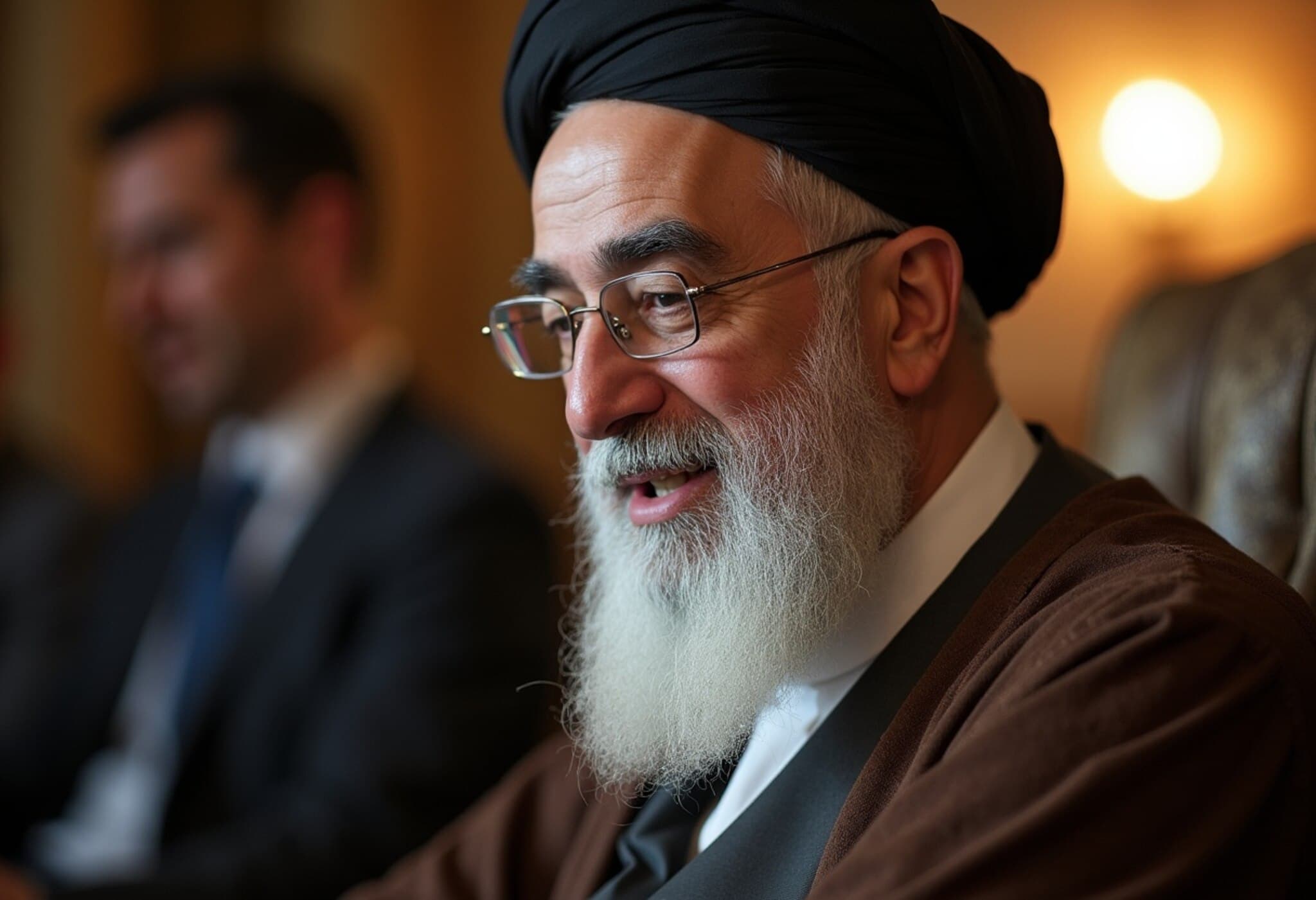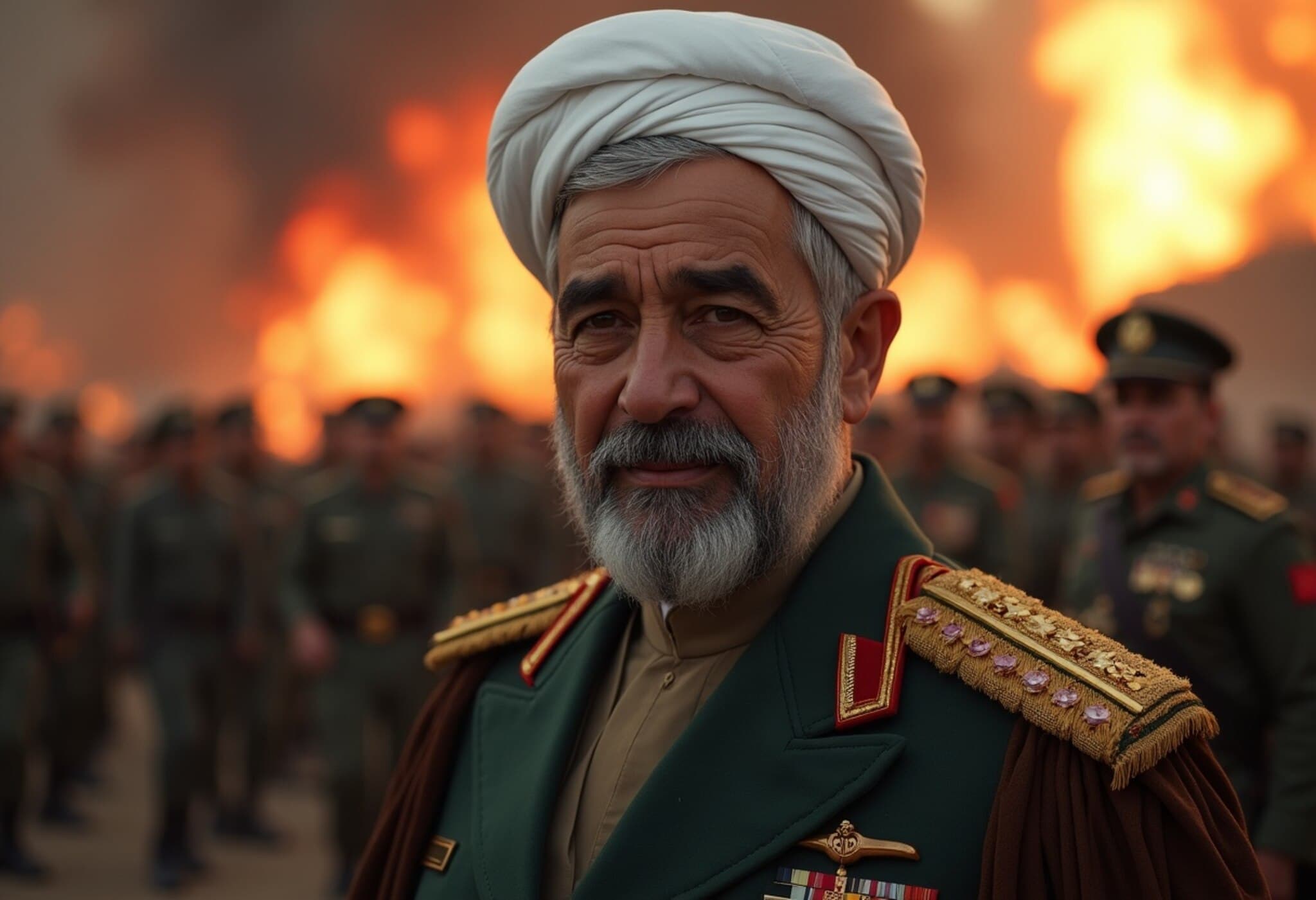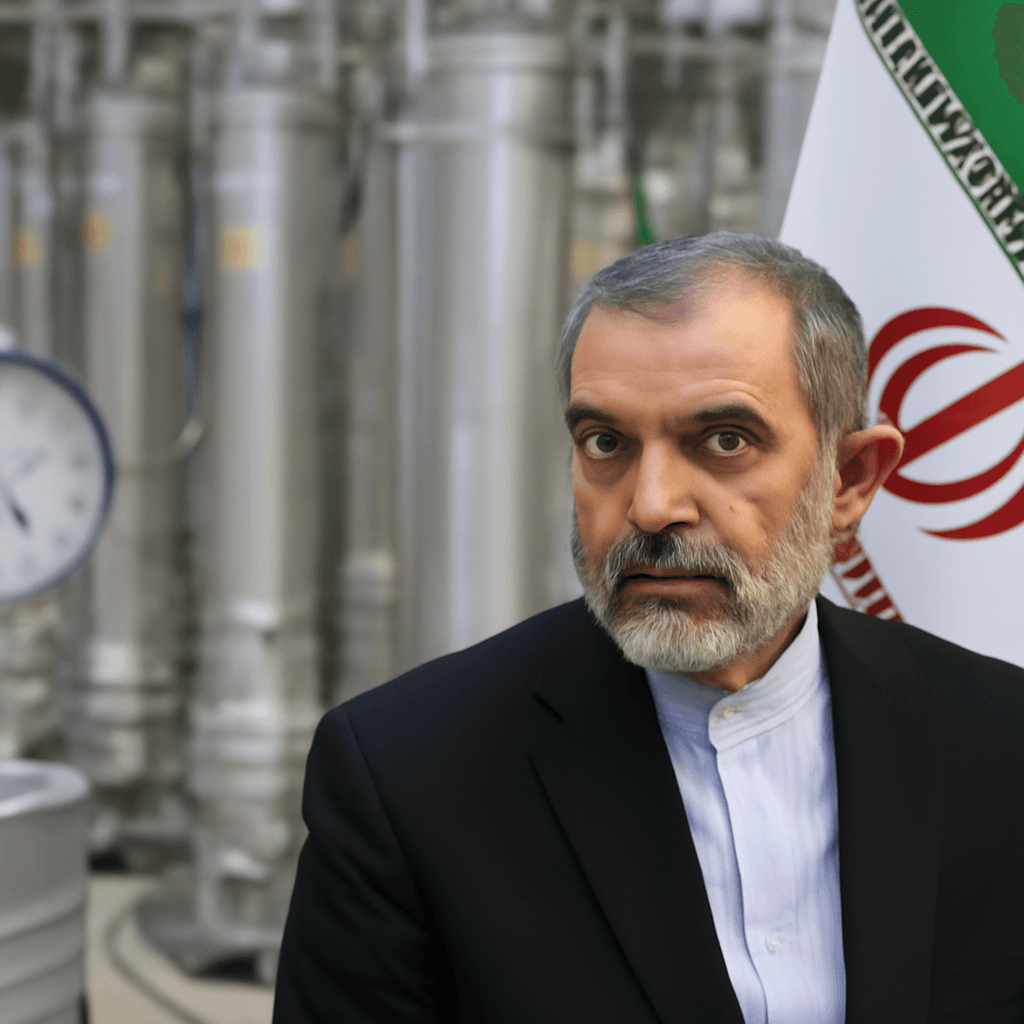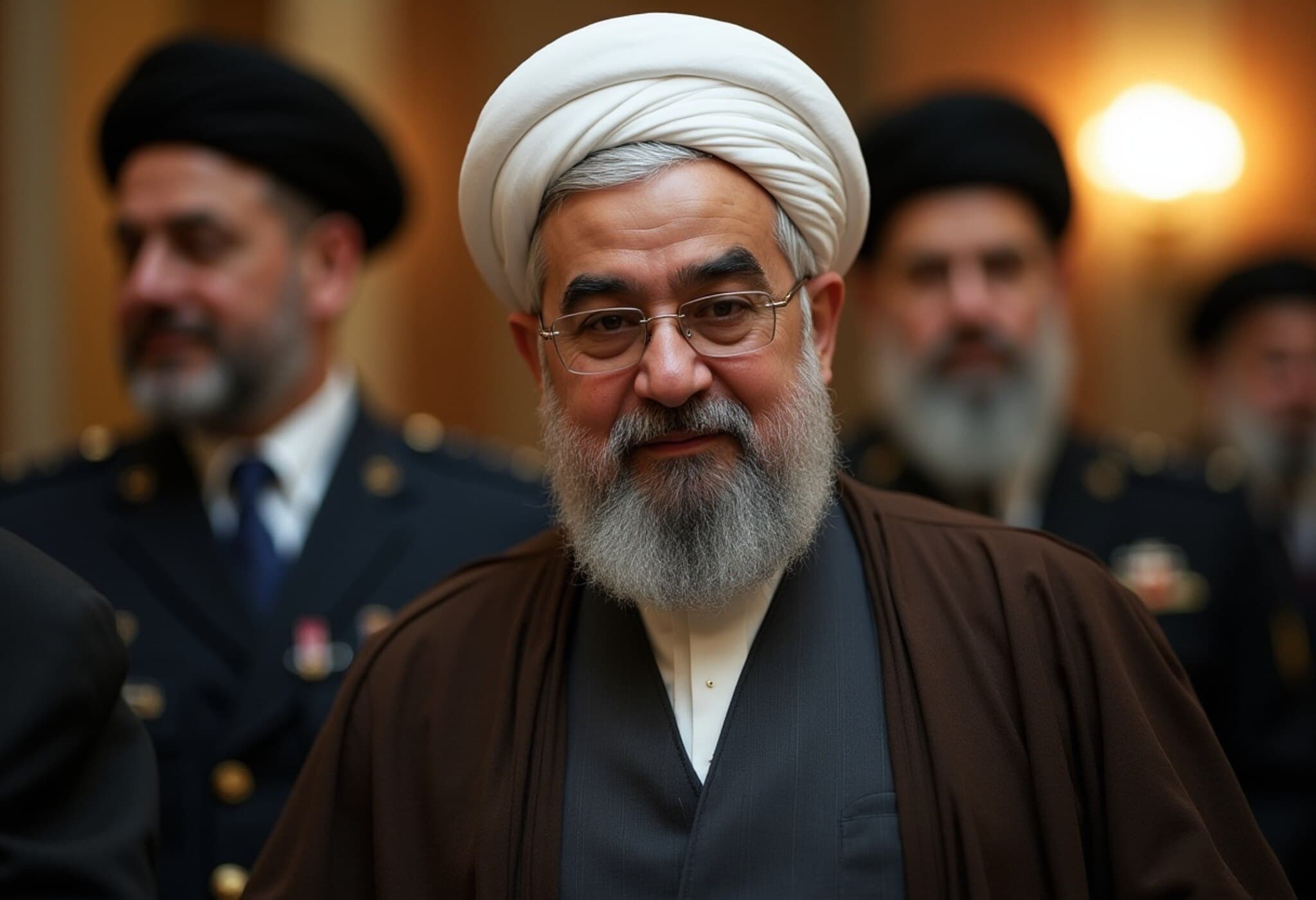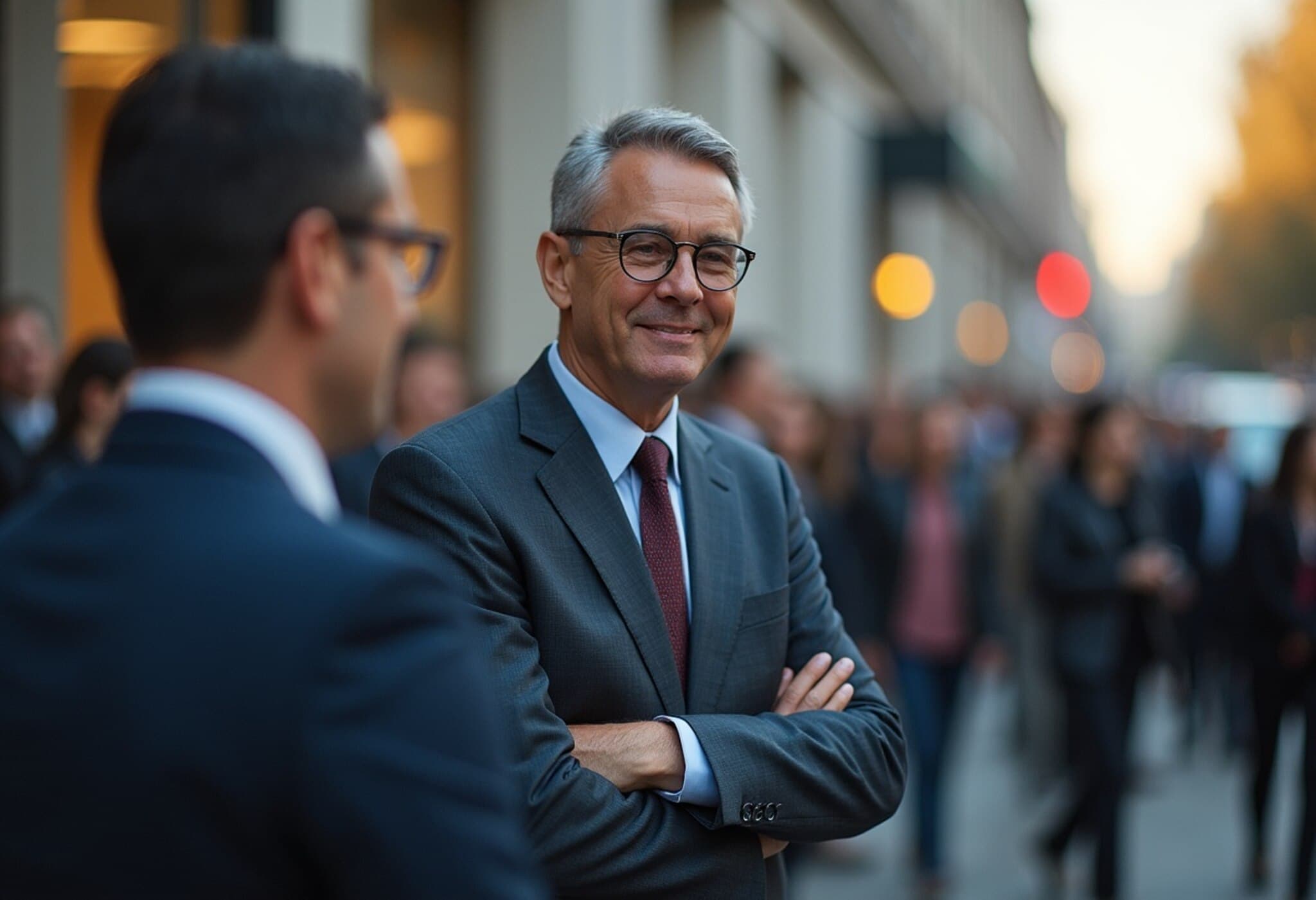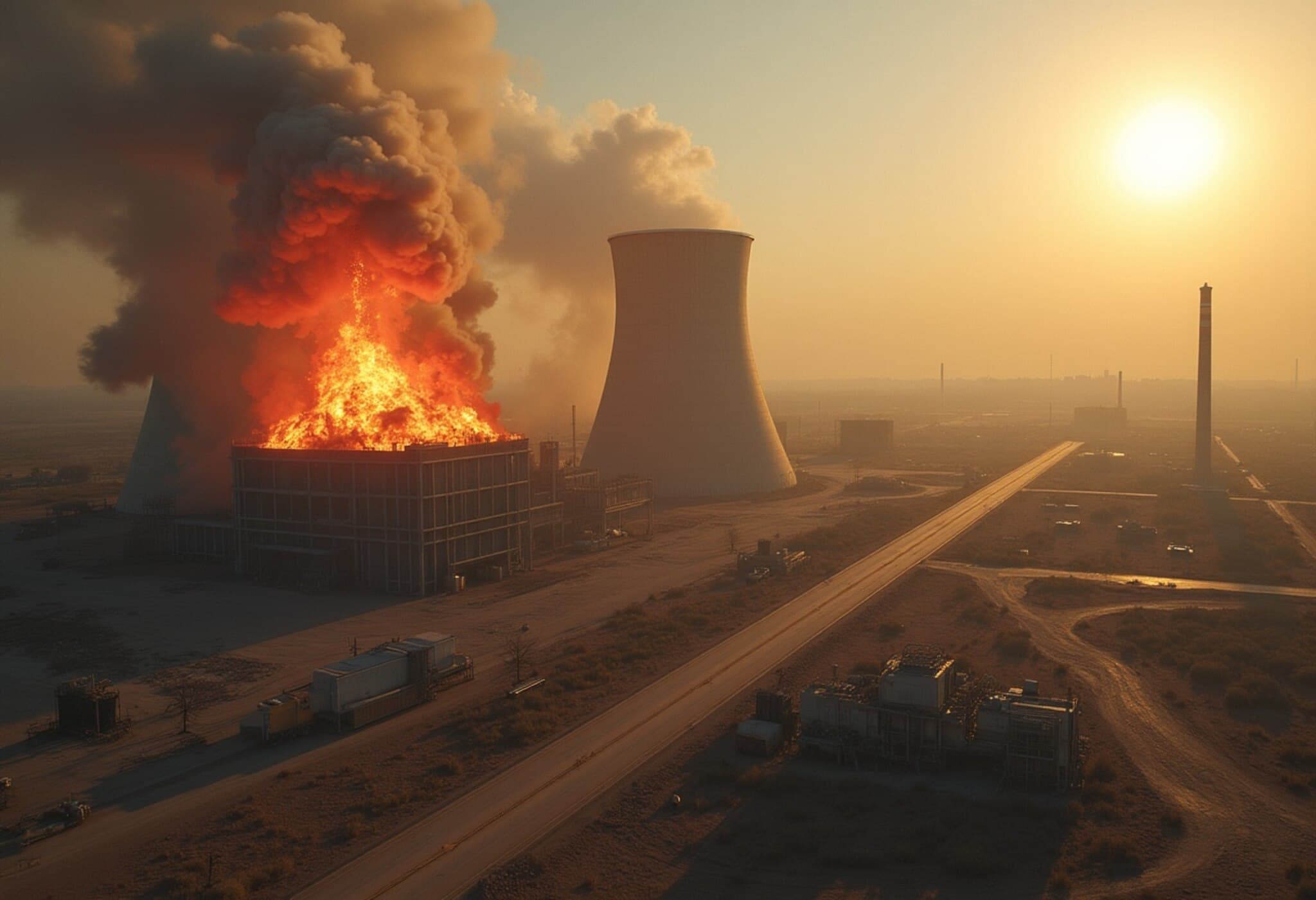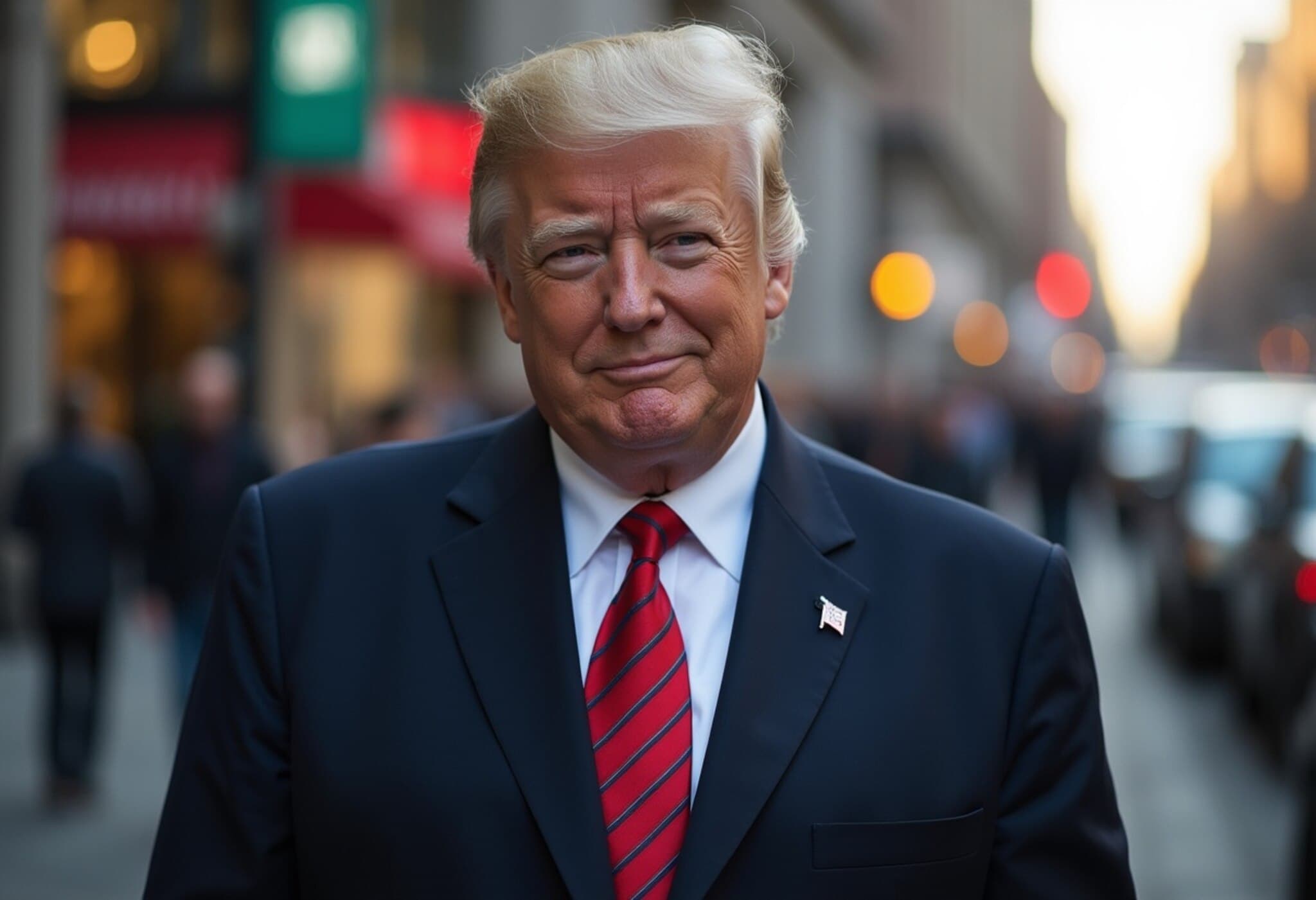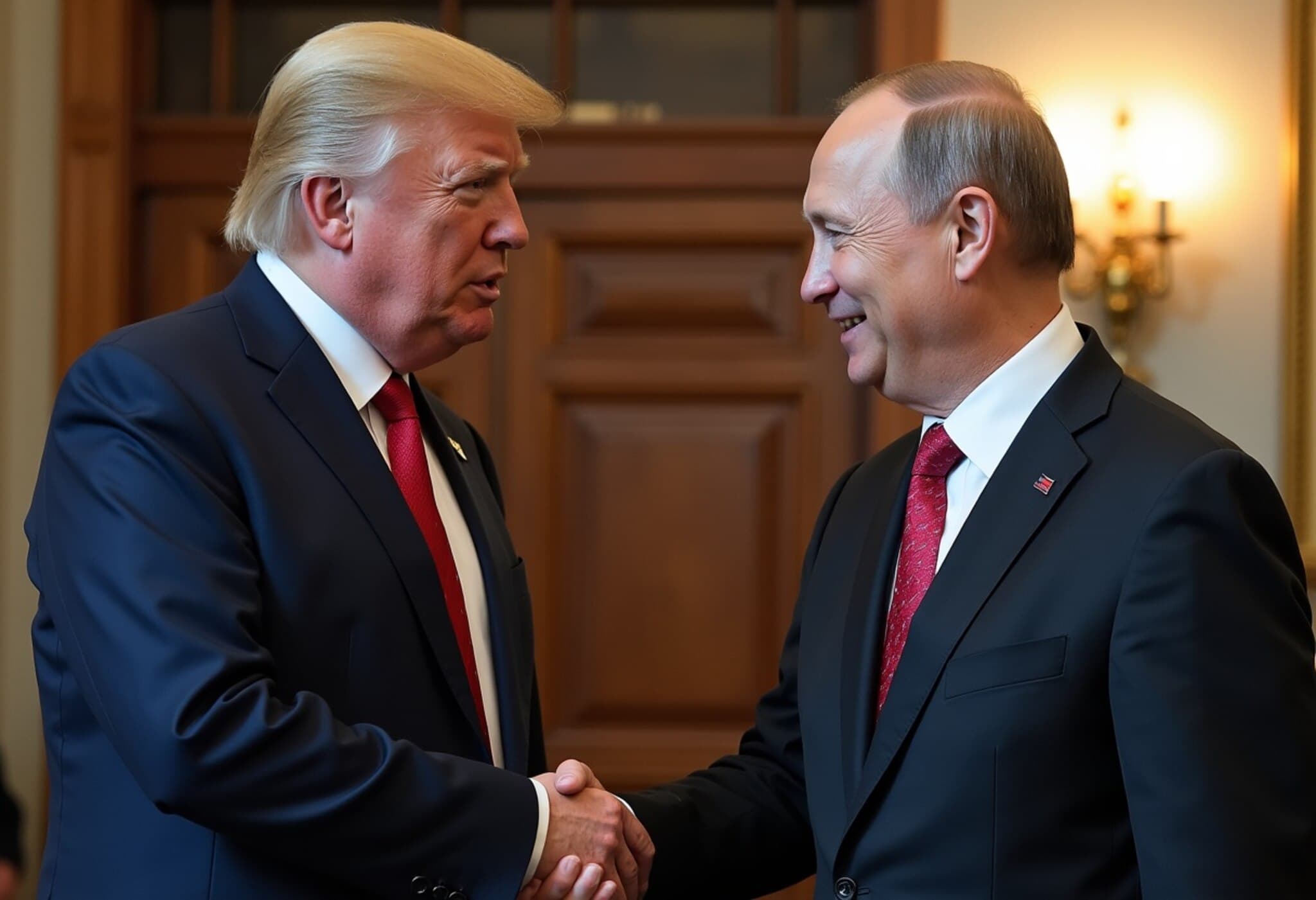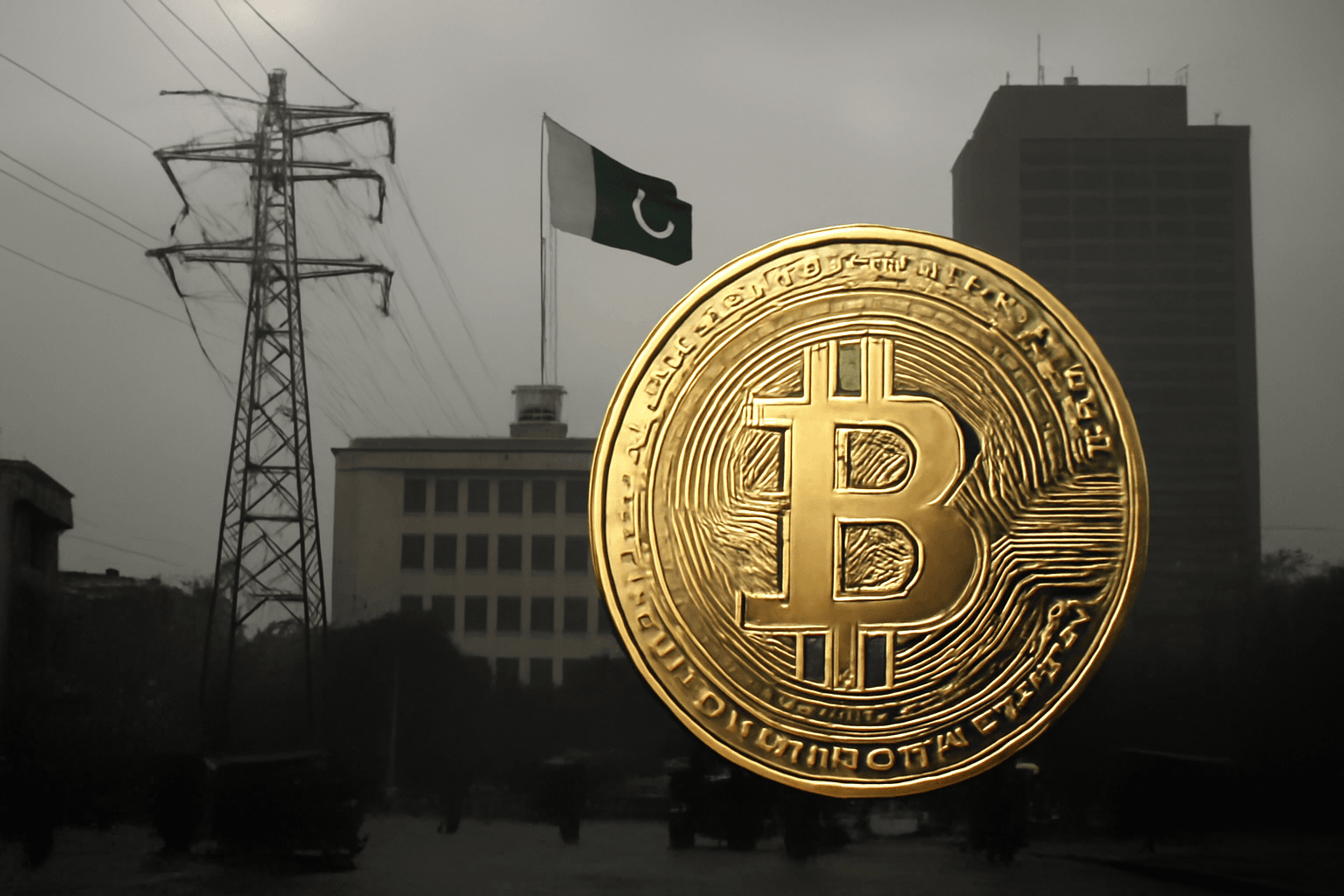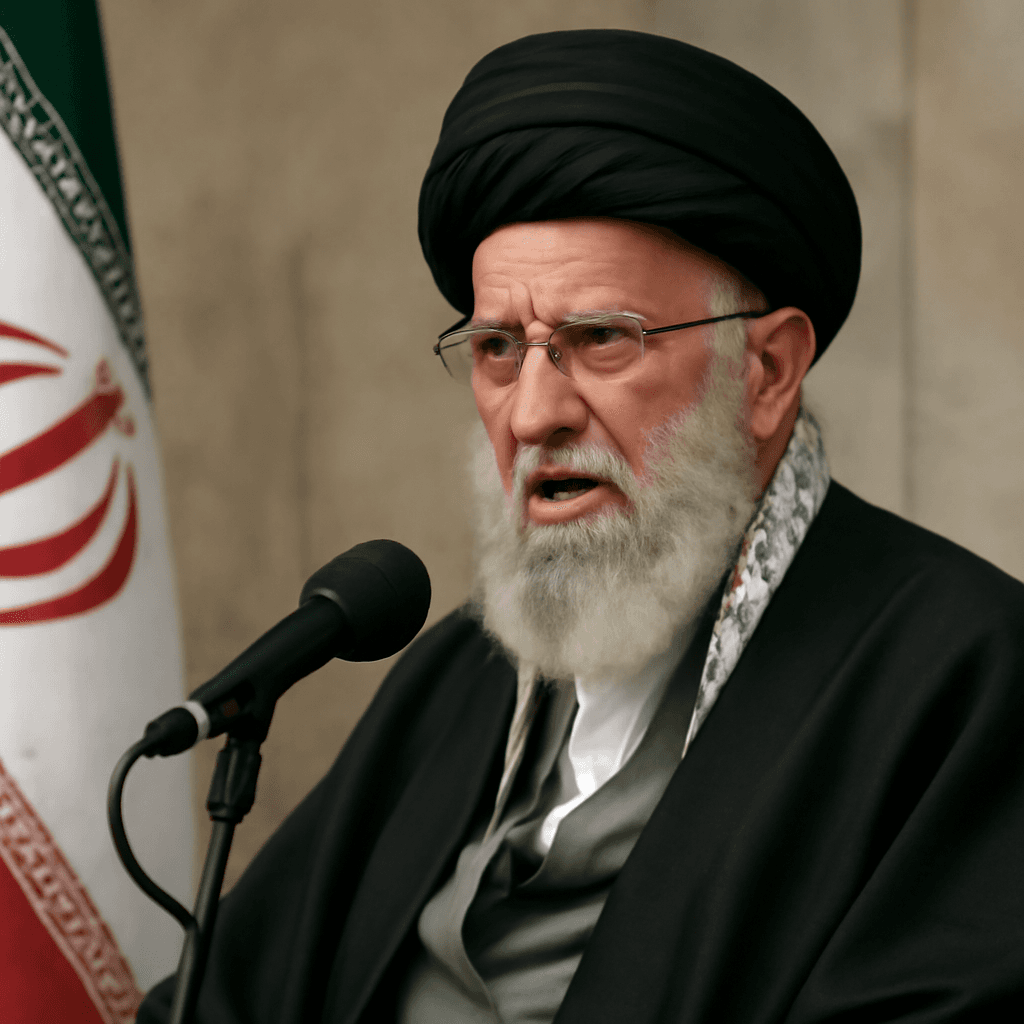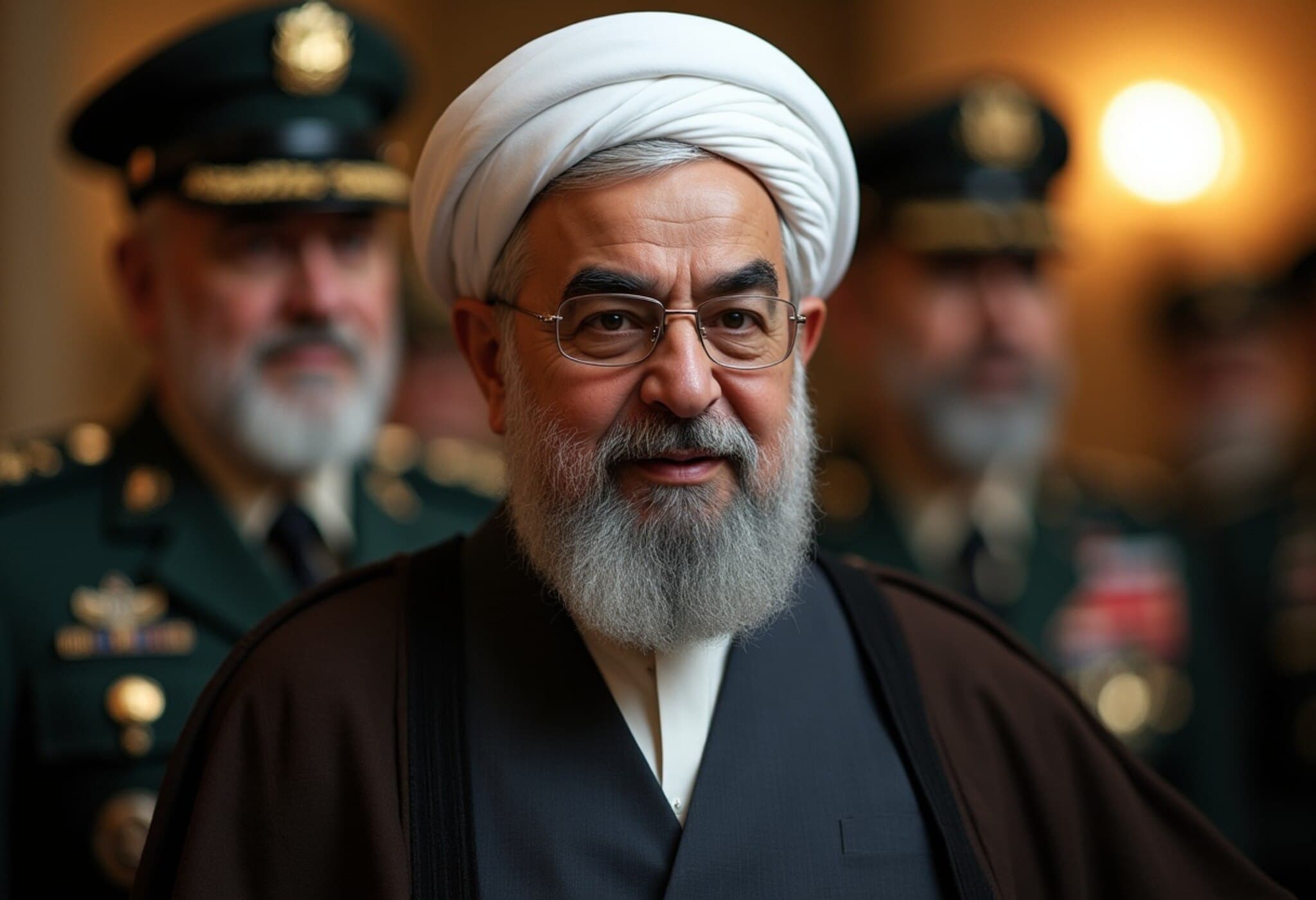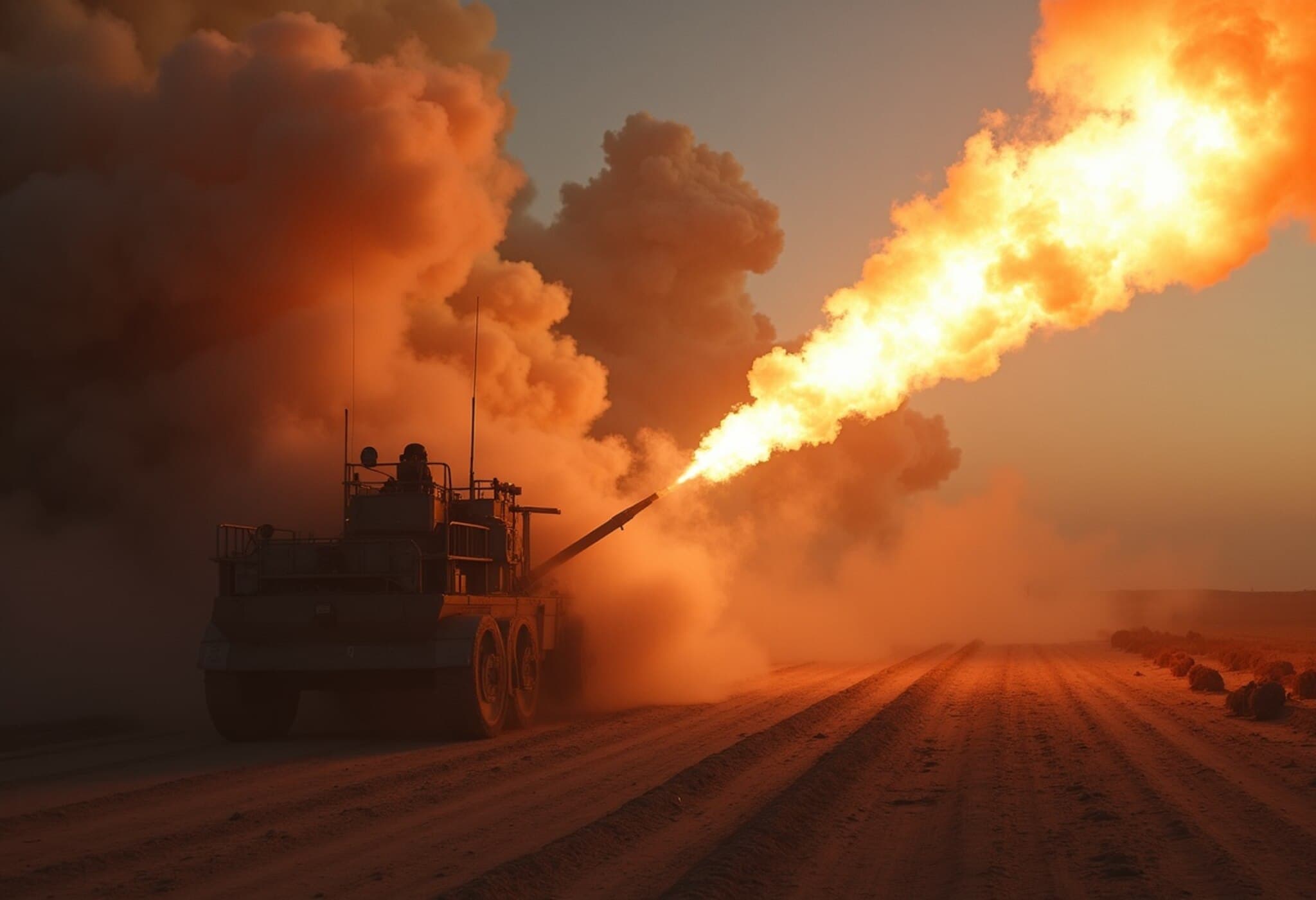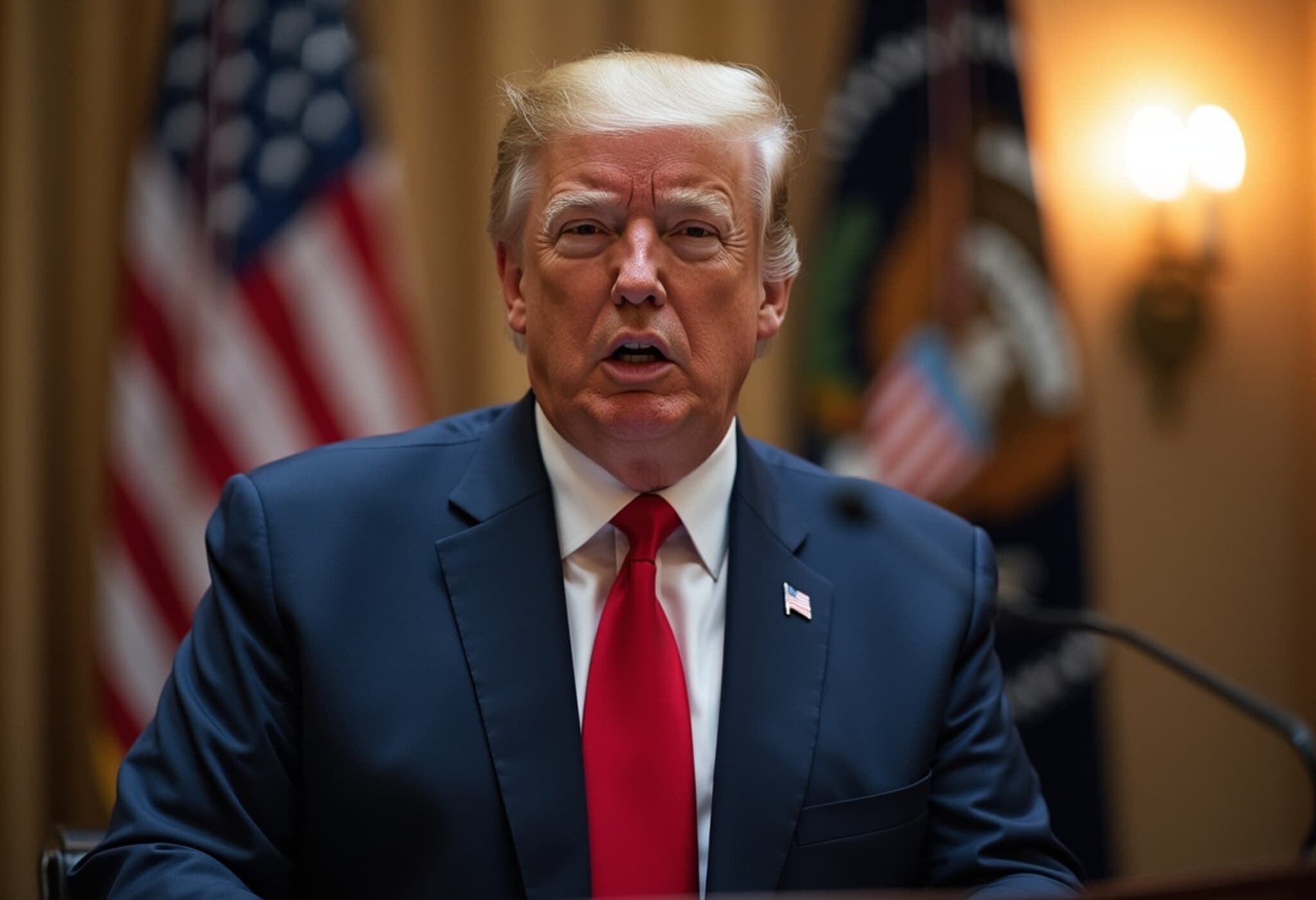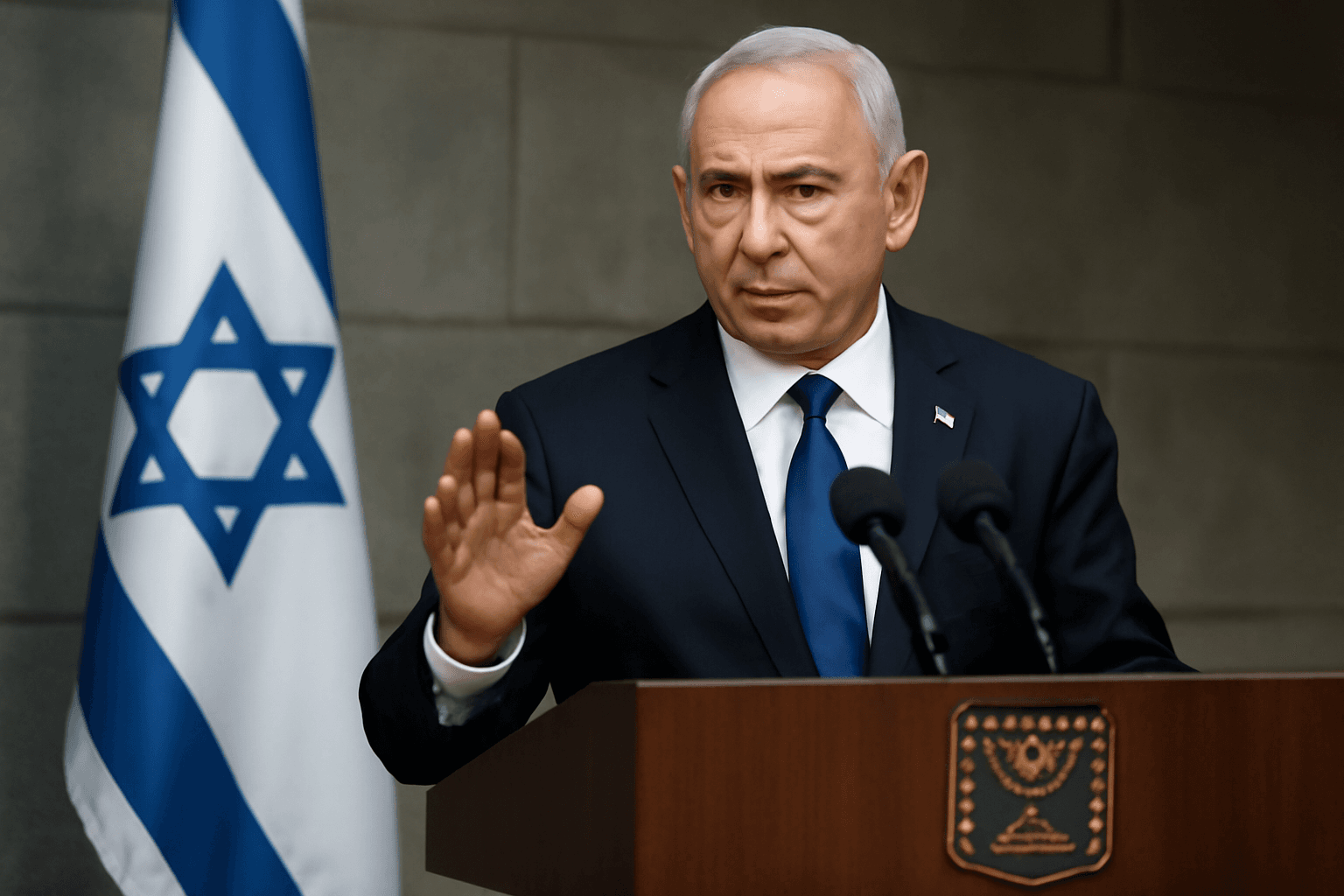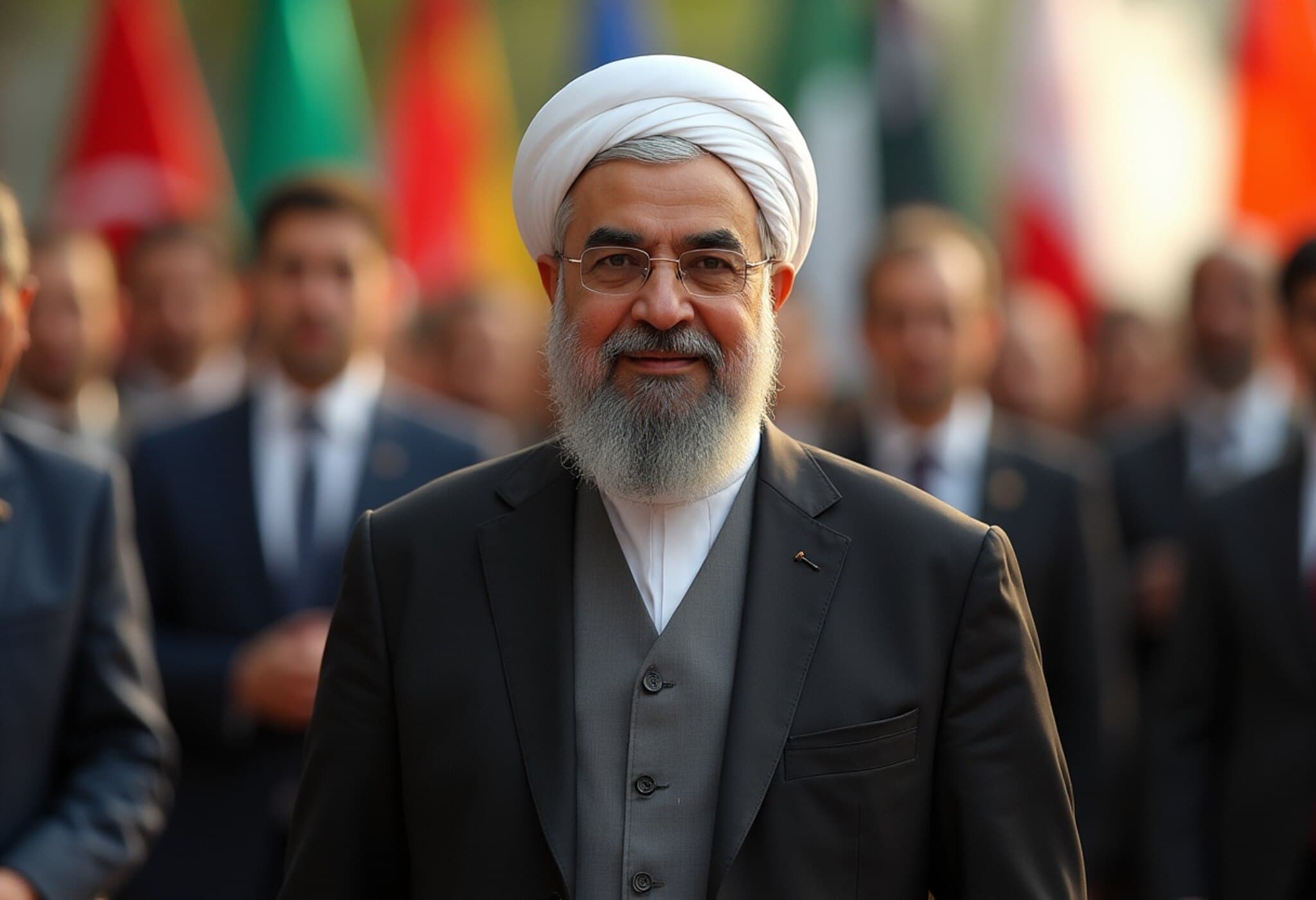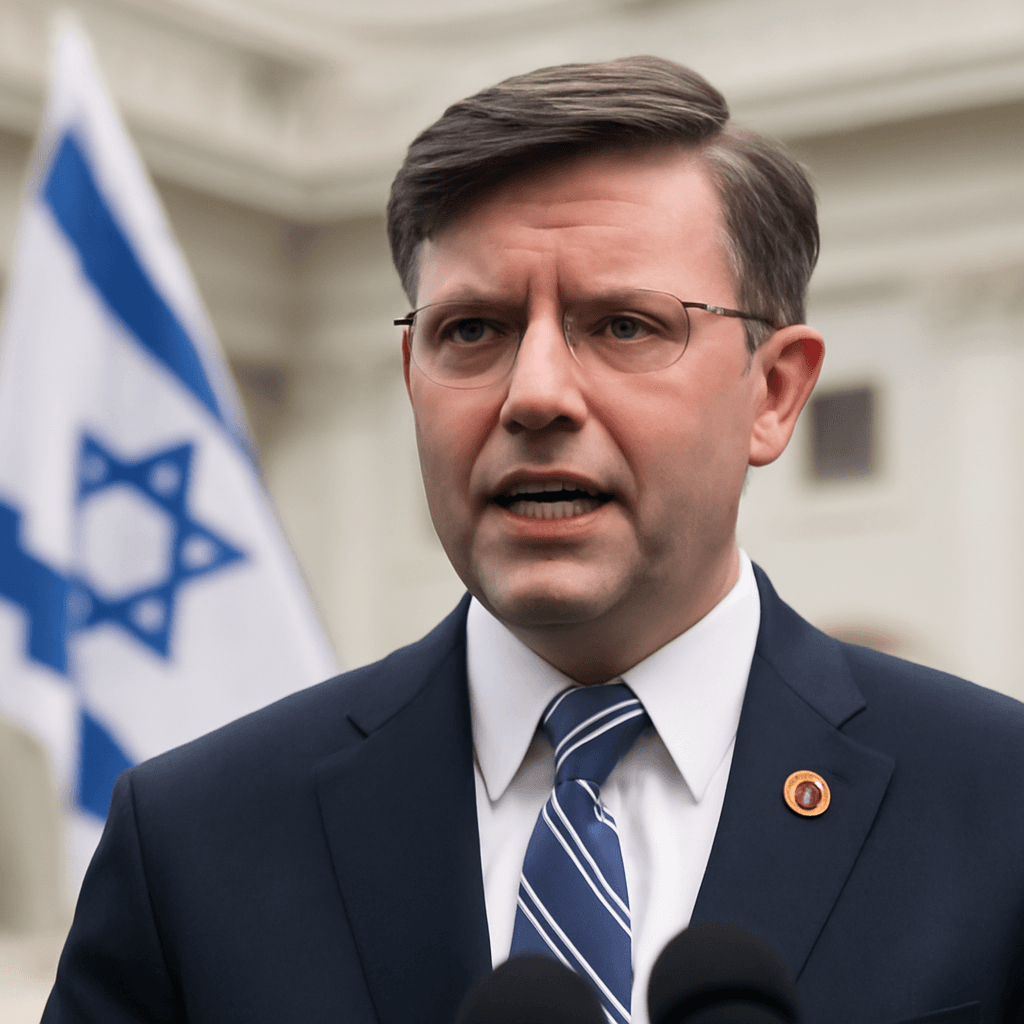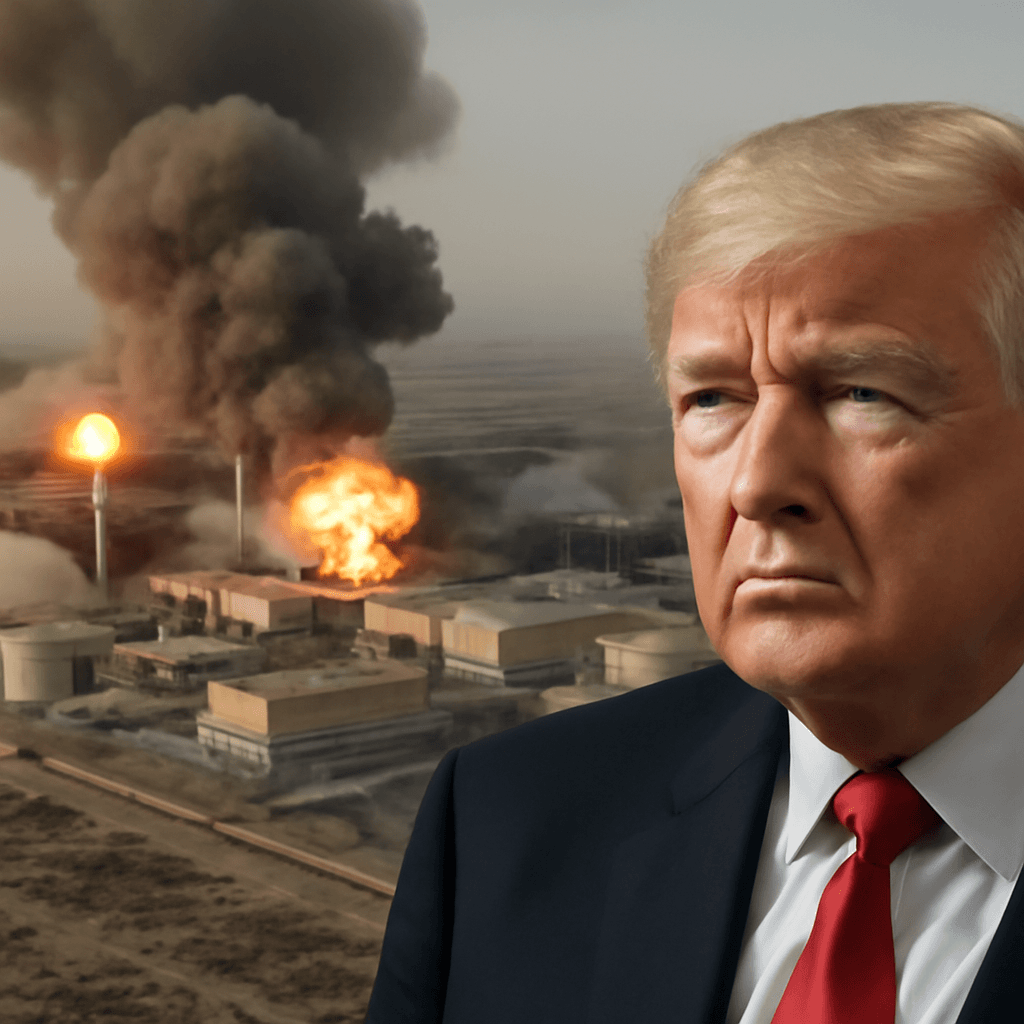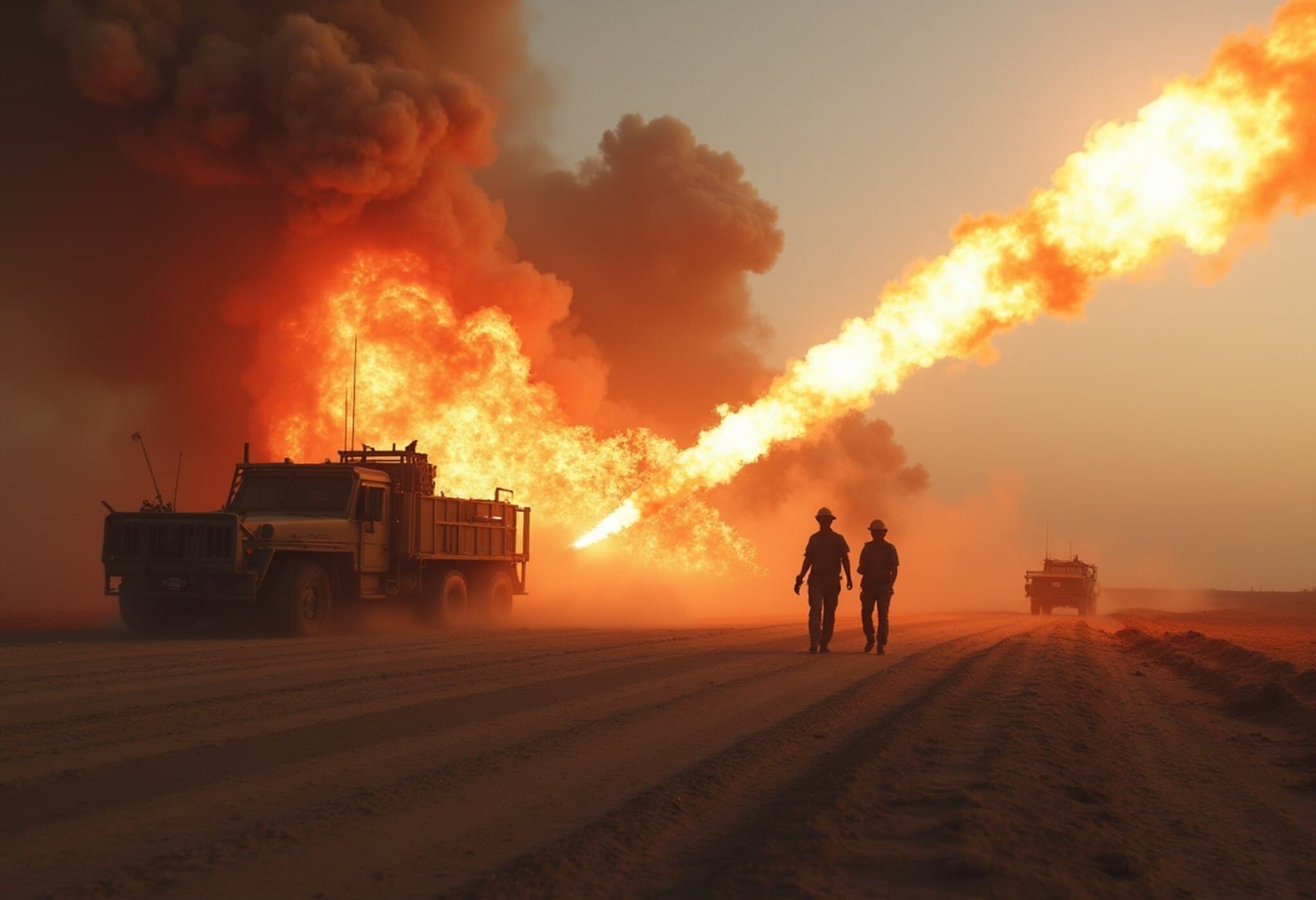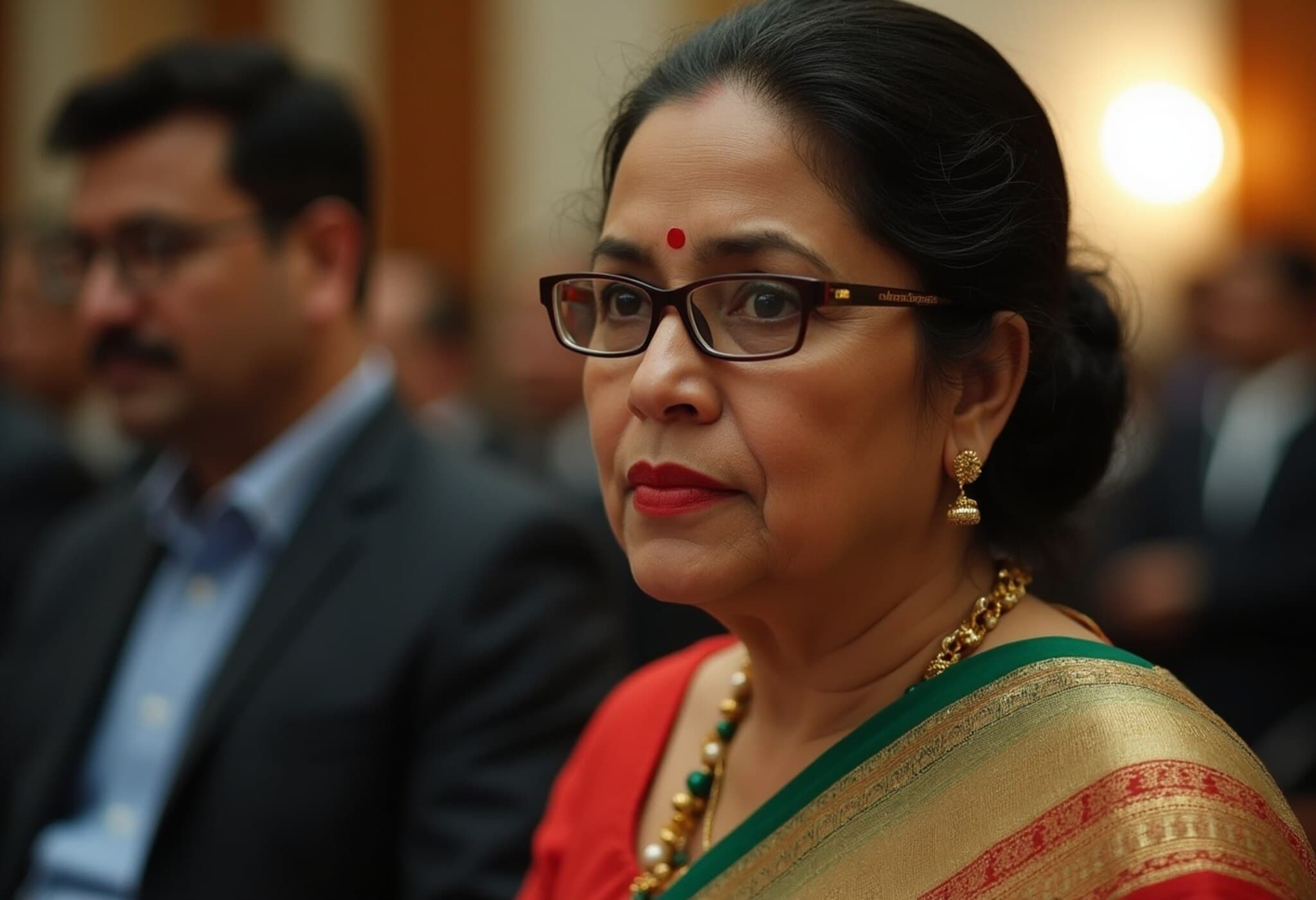Iran’s Supreme Leader at a Crossroads Amidst Israeli Attacks
Ayatollah Ali Hosseini Khamenei, who has held Iran’s highest authority since 1989, now faces perhaps the most severe test of his leadership. Recent unprecedented Israeli strikes have not only shaken the Iranian establishment but also raised questions about Khamenei’s long-term grip on power and his personal security.
At 86 years old, Khamenei’s administration has already been navigating the turbulent waters of international sanctions, persistent internal unrest, and regional conflicts. Despite suppressing dissent, including the significant women-led protests of 2022-2023, the aging leader now confronts challenges that could decisively shape Iran’s future — and the fate of the Islamic Republic he helped cement after the 1979 revolution.
The Burden of Succession and an Unprecedented Crisis
Succession looms as a pressing issue. Khamenei’s advancing age has resulted in a gradual shift of daily executive control to factional power brokers within the regime. Experts highlight that the ongoing conflict with Israel is accelerating these internal dynamics, intensifying competition among Iran’s elite for influence in the post-Khamenei era.
Compounding this turmoil are Israeli operations that have successfully targeted key Iranian military figures, showcasing Israel’s intelligence reach and sparking speculation about possible attempts against Khamenei himself. Though a previous US administration reportedly vetoed an Israeli assassination plan, Israel has not dismissed the option of targeting the supreme leader.
High Stakes: Security and Power Play
Khamenei’s movements are shrouded in strict secrecy, and he has not left Iran since assuming power—his last foreign visit was in 1989. Analysts warn that Israel may pursue strategies beyond strikes, such as encouraging regime destabilization or clandestine coups, aiming for a fundamental shift in Iran’s posture toward Israel.
Meanwhile, the supreme leader grapples with a paradox: a weak response risks eroding his legitimacy, whereas a strong retaliation could endanger his survival and destabilize the regime further.
A Shift in Iran’s Strategy Toward Direct Conflict
Historically, Khamenei has maintained a stance that avoids direct military engagements within Iran’s borders, relying instead on proxy groups like Hezbollah to exert regional influence. However, the latest Israeli strikes mark a stark departure, signaling a fragile calculation and possibly a strategic misjudgment.
Observers liken the current threats to earlier attempts on Iranian leaders’ lives in the 1980s, including a failed assassination attempt on Khamenei. Yet, the scale and speed of these recent attacks are unprecedented, putting Tehran’s resilience to the test amidst ongoing economic struggles and simmering domestic discontent.
Iranians’ Complex Sentiments Amid Rising Tensions
While many Iranians express dissatisfaction with the Islamic Republic and hope for significant change, most are deeply reluctant to see such transformations arrive through bloodshed or war. The strikes have heightened tensions, but widespread mass protests have so far not materialized.
Political Rhetoric and the Question of Regime Change
Israel’s Prime Minister has openly suggested that these operations could usher in a regime change in Iran, emphasizing that such an outcome ultimately rests with the Iranian people. He claims that a substantial majority of Iranians would support overthrowing the current leadership.
Within the Iranian opposition, figures like Reza Pahlavi urge resilience and victory, yet deep divisions persist among exiled groups and domestic dissenters, limiting coordinated political momentum.
Meanwhile, experts caution against overestimating the likelihood of an immediate popular uprising capable of toppling the regime or ushering in a leadership aligned with the opposition abroad.
Looking Ahead
Khamenei stands at a pivotal juncture where internal factionalism, external military pressure, and his own frailty converge. The coming period will likely redefine Iran’s political landscape and the tenets of its revolutionary governance after more than three decades of his leadership.

